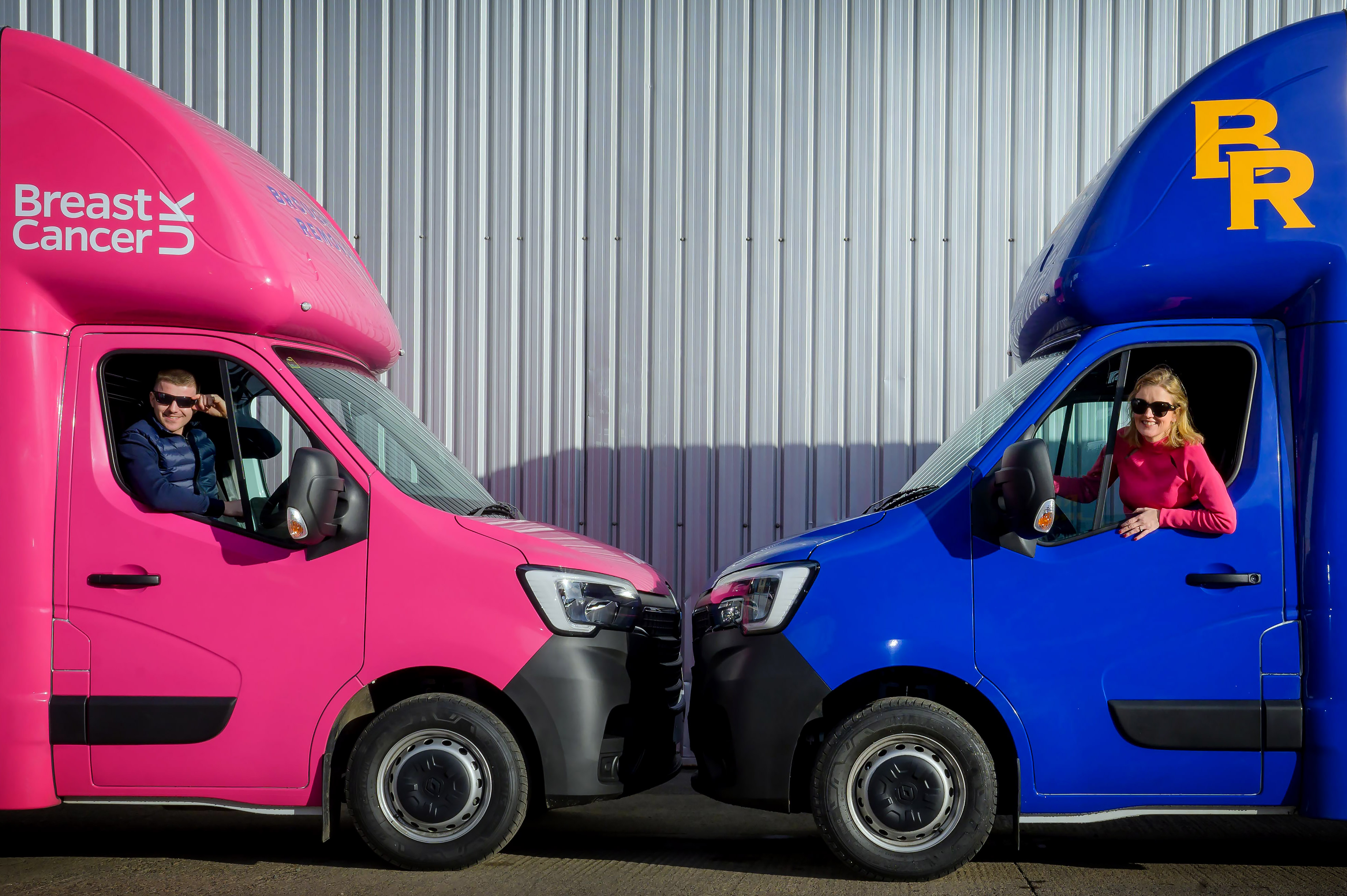The income of Britain’s biggest charities grew in 2013/14 while that of smaller and medium-sized charities’ decreased in real terms, new analysis shows.
NCVO’s latest analysis shows the continuation of a long-term trend of growth concentrated among larger organisations. Charities with an annual income of over £10m tended to grow while overall income for smaller and medium-sized charities declined or stayed the same.
The figures, based on analysis of charities’ accounts as submitted to the Charity Commission, showed charities in the £10m to £100m annual income category saw income grow by 3.7 per cent while those in categories below £1m all saw turnover fall.
Total income of charities in the £100m and over category grew 26 per cent. NCVO said this was driven partly by increases in their income but also by an increase in the size of the category as a whole with a notable number of charities exceeding the £100m threshold for the first time.
Income from individuals was largely behind a 5.8 per cent increase in the income of the charity sector, NCVO said, as income reached £43.8bn.
Earned income from individuals, including fees for services and fundraising earnings such as charity shop sales, was up 4.2 per cent to £10bn, while donations were up 7.7 per cent at £7.2bn. Total income from individuals grew to its highest level ever in real terms at £19.4bn, NCVO said, though donations remained below their 2010/11 peak.
Income from government rose by 3.5 per cent to £15bn, but remained below its 2007/8 to 2011/12 level. The largest charities benefited the most from the increase in income from Government, NCVO said.
Spending was up 3.5 per cent to £41.7bn.
NCVO chief executive Sir Stuart Etherington said charities of all sizes make an immense difference to society. While the growth among Britain’s largest and best known charities is welcome, the figures underline NCVO’s concerns that smaller charities are struggling.
“We all need to focus on what more can be done to support those good organisations which are nevertheless continuing to struggle in the current climate,” Etherington said. “I would like to see more done to ensure that smaller, specialist charities can bring their expertise to public services. It’s worth noting here that increasingly the problem is not larger charities winning contracts at the expense of smaller charities, but that public service procurement is done in such a way that only large charities could win these contracts to begin with.”
Access NCVO’s Civil Society Almanac here.
Charity Times video Q&A: In conversation with Hilda Hayo, CEO of Dementia UK
Charity Times editor, Lauren Weymouth, is joined by Dementia UK CEO, Hilda Hayo to discuss why the charity receives such high workplace satisfaction results, what a positive working culture looks like and the importance of lived experience among staff. The pair talk about challenges facing the charity, the impact felt by the pandemic and how it's striving to overcome obstacles and continue to be a highly impactful organisation for anybody affected by dementia.
Charity Times Awards 2023
Mitigating risk and reducing claims

The cost-of-living crisis is impacting charities in a number of ways, including the risks they take. Endsleigh Insurance’s* senior risk management consultant Scott Crichton joins Charity Times to discuss the ramifications of prioritising certain types of risk over others, the financial implications risk can have if not managed properly, and tips for charities to help manage those risks.
* Coming soon… Howden, the new name for Endsleigh.
* Coming soon… Howden, the new name for Endsleigh.
Better Society

© 2021 Perspective Publishing Privacy & Cookies










Recent Stories